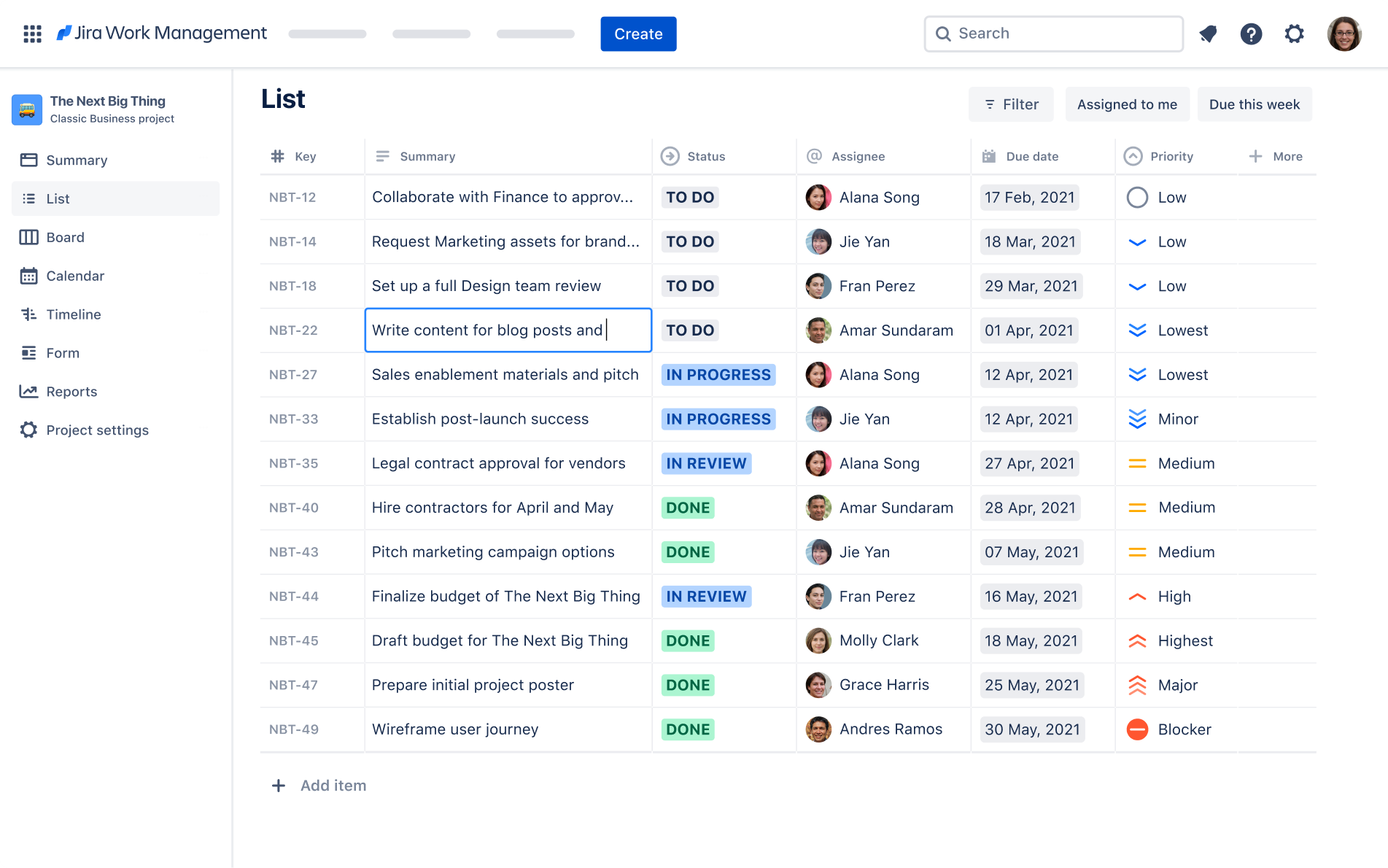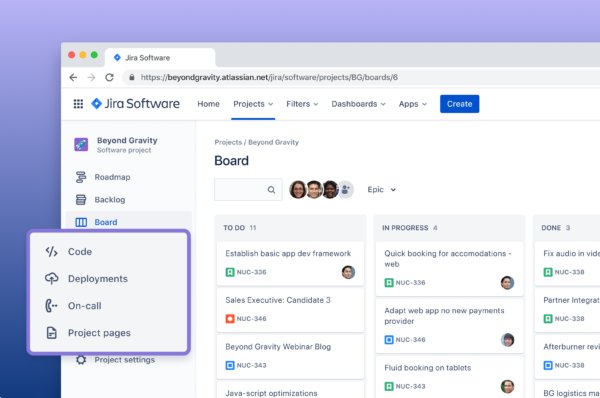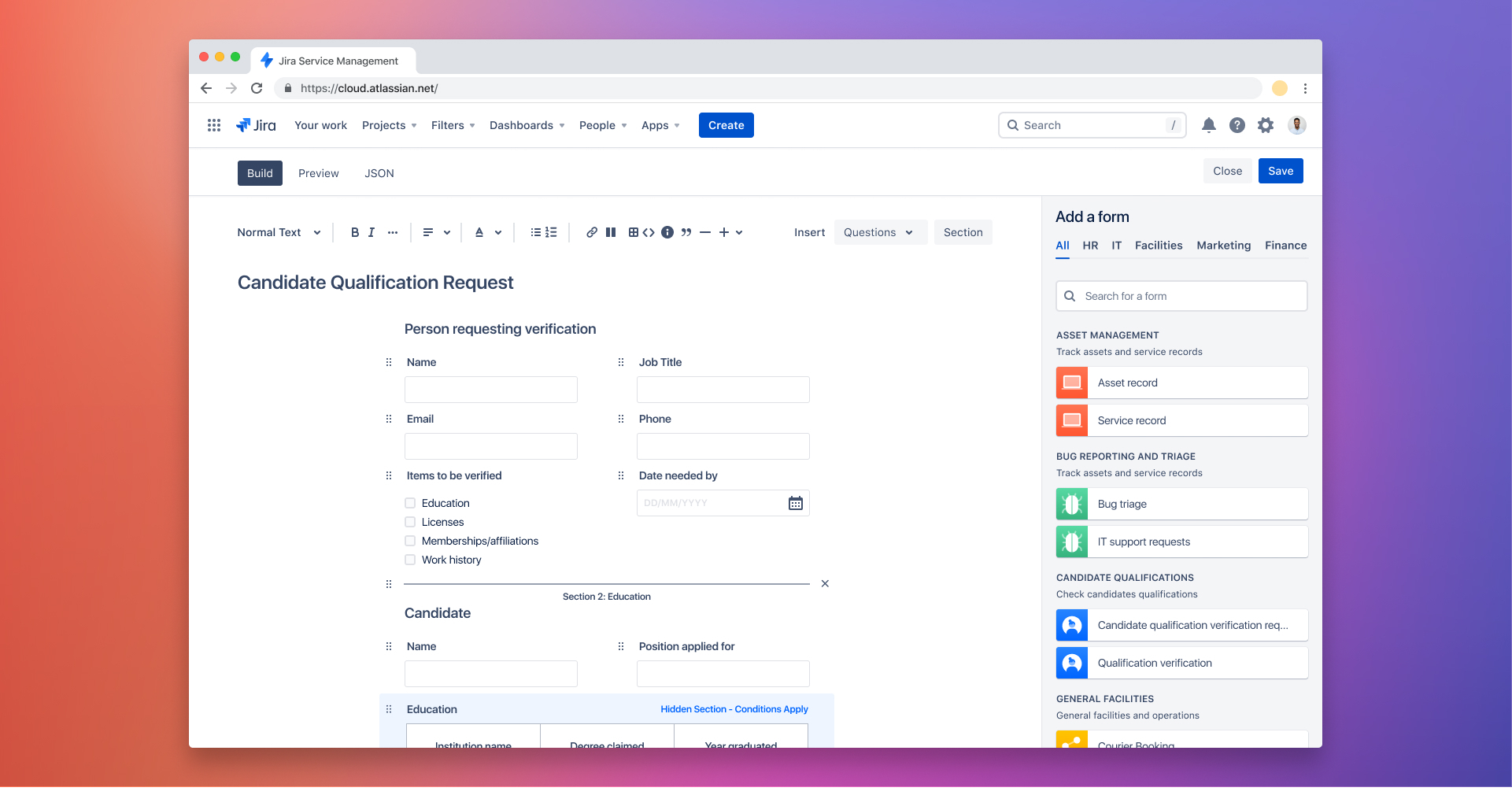Agility is for all teams – and now, so is Jira
Agile isn’t just for IT and software development anymore.
Ten years ago, a digital transformation meant adopting agile frameworks, like Scrum, and connecting Dev and IT via DevOps to implement change. But if the last year has taught us anything, it’s that this is no longer enough. Today’s market demands more cross-team collaboration and movement in order to successfully compete. And last year, digital transformations went from long-term company goals to a matter of survival.
Last year’s digital acceleration also proved that the promise of agile once reserved for software teams is something that all teams need: a culture of continuous learning, the ability to adapt to change, and the freedom to work how you best see fit, while staying aligned to the bigger picture.
After all, these values are really the essence of agile, whether you call it that or not. And it’s from those values that we’re building the future of Jira.
Connecting teams through a common language of work
We’re about to enter a new era of innovation. An era powered not just by the builders, but by all teams working better together than ever before, with Jira as the backbone. With Jira Software, Jira Service Management, and Jira Work Management, Atlassian now offers three Jira products that go deep into solving the needs of teams across the org, allowing for team autonomy and transparency while connecting the dots and powering tight alignment across projects and people.

We know that every team has its own unique way of working, its own language, and its own goals and requirements. To truly empower every team, we have to recognize that, versus trying to standardize how they work. There is no one-size-fits-all for teamwork.
Each Jira product is designed specifically for every team’s individual needs – the teams that use Jira Software to take a project from an idea through to customers’ hands, those that support and operate products and services with the help of Jira Service Management, and now business teams, with Jira Work Management. Through Jira, software development, business, and support teams can solve their biggest problems of the day, while staying connected through common data, automation, roadmaps, and a common language of work.
For teams that create, market, and sell: Jira Work Management
Every team wants to deliver value faster and build a culture of continuous learning. However, this can feel challenging for many business teams who don’t set their own deadlines, don’t ship discrete value directly to customers, or whose work is based on requests from other teams, such as marketing and sales.

That’s why we built Jira Work Management – a new way for knowledge workers across the business to plan and track work according to how they like to operate, without sacrificing the tools they’re already familiar with, like spreadsheets, calendars, forms, and timelines. Better yet, with Jira Work Management, these teams can now speak the same language as their software peers to unlock agile collaboration across the entire organization.
For teams that plan, track, and build: Open DevOps and Jira Product Discovery

Jira Software is still the number-one agile tool for software teams, purpose-built for makers and builders. We have a continued dedication to that mission, and are excited to announce Open DevOps, which allows you to start a new project in Jira Software with Bitbucket, Confluence, and Opsgenie already preconfigured. Easily integrate with partner offerings to connect all the tools your team uses, so you can bring value to your customers faster and easier than ever.

We’re also working on something truly exciting designed just for the ideation and discovery phase of product development. Meet Jira Product Discovery Alpha, the agile product manager’s home for new ideas before they hit the backlog. If you’re on a product team, sign up for the waitlist to become an early adopter.
For teams that service and operate: Jira Service Management
For teams that run, operate, and support your products, we offer Jira Service Management, an open, collaborative tool that empowers teams to deliver value faster, bring visibility to work, and accelerate the flow of work between development, operations, and the business.

Through our recent acquisition of ThinkTilt, we’re excited to provide the ability to create sleek, dynamic forms using a no-code/low code editor. Plus, with 300-plus pre-built form templates that encapsulate customer best practices, teams can now quickly deliver great service experiences.
Jira – a common backbone for agile collaboration for all teams
So how does it all fit together?
- Common language: Work happens faster when teams share the same foundation and clarity around their processes. Jira’s workflow engine brings a shared way to move work forward across the organization.
- Automation: Using the same automation engine across all Jira products, organizations can sync workflows between teams, saving time and making messy handoffs a thing of the past. We’ve extended this with the Automation Template Library for all Jira products.
- Roadmaps enable businesses to plan across multiple teams for a more comprehensive cross-org view of the road ahead. No more planning in silos – teams can link tasks and work across every Jira product to ensure that projects are delivered on time.
- Common data layer: Jira is now powered by a common data layer, helping teams make better cross-organization decisions in context.
Last year, Jira’s nearly 100,000 customers turned to Atlassian – your trusted partner for over two decades in agile ways of working – for help navigating a new reality. You needed Jira to be accessible for all kinds of teams – not just dev and IT. You needed Jira to be flexible for teams to work in the ways they see fit, while staying aligned and connected to the bigger picture. You needed the power of Jira in a fraction of the setup and configuration time.
You trusted us to help you tackle the challenges of the moment. But our dedication doesn’t stop there. Jira is an engine of progress, and we plan to help you tackle these challenges, for all teams, long into the future.

